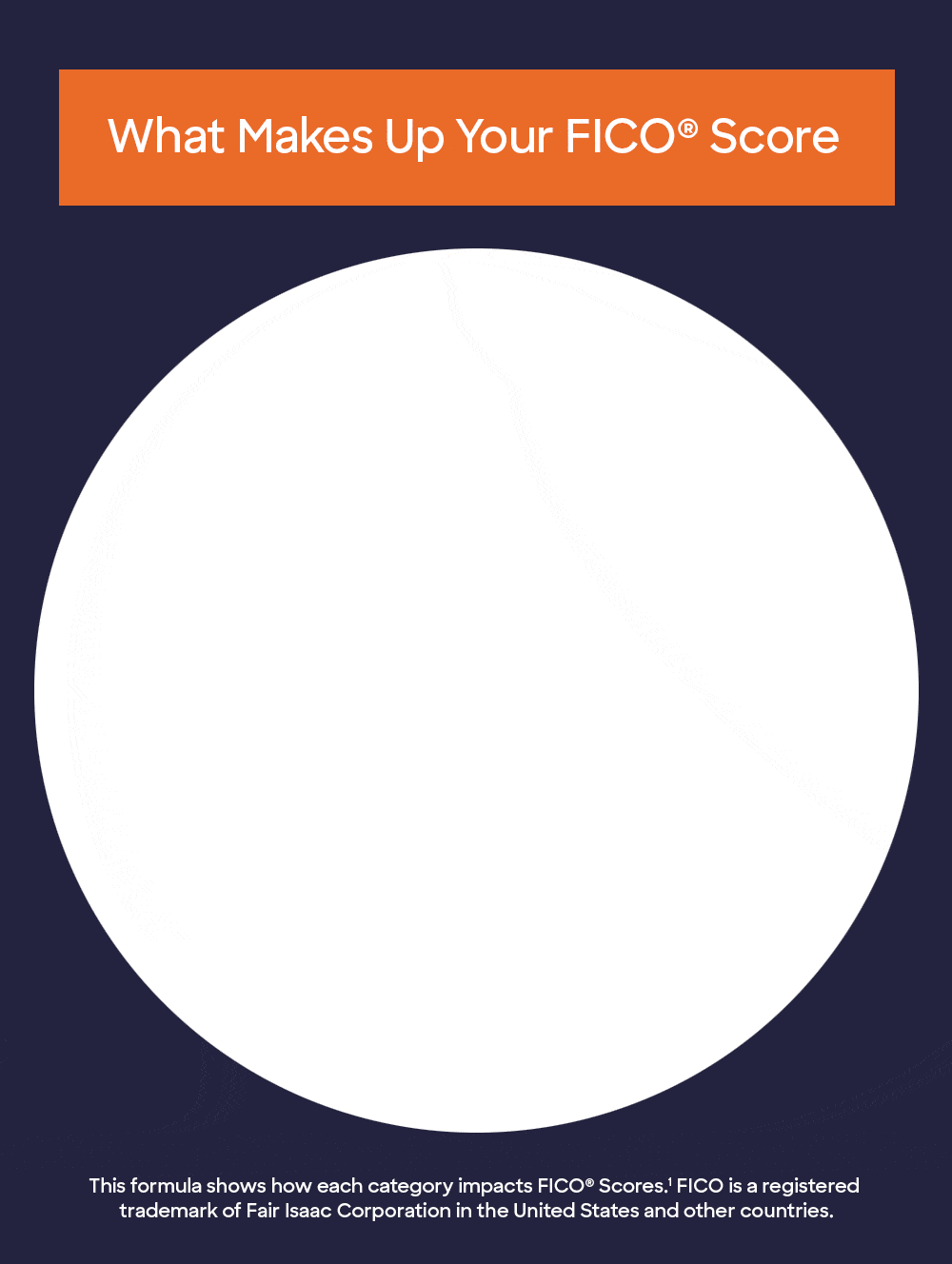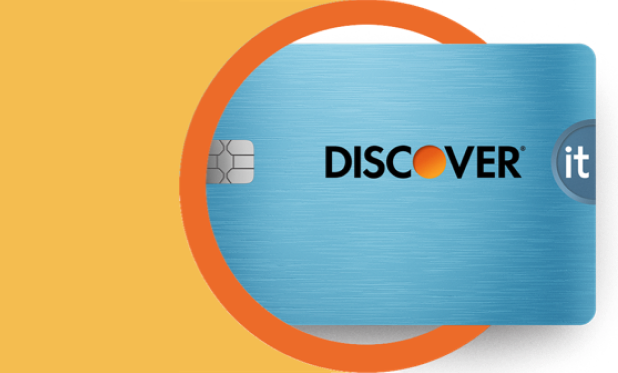Whether you’re new to credit or have been borrowing money with a credit card for years, you’ve probably seen the term FICO® Credit Score, but you may not know what it means. Knowledge of the basics of your score may help you manage your credit. Here’s what you need to know about FICO® Scores.1

What is a FICO® Credit Score?
5 min read
Last Updated: May 6, 2025
Next steps

See if you're pre-approved

View all Discover credit cards
See rates, rewards and other info
You may also be interested in
Was this article helpful?
Was this article helpful?





